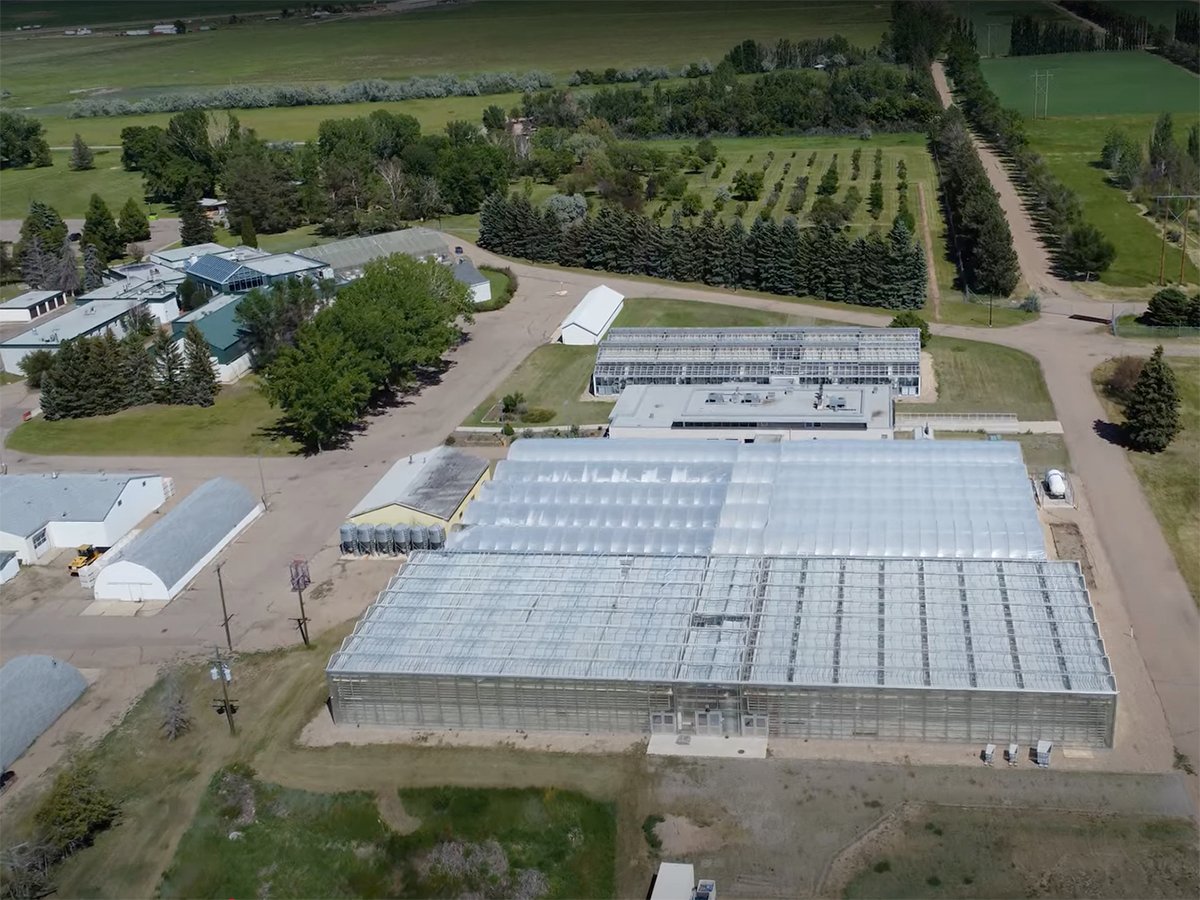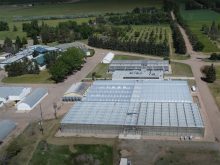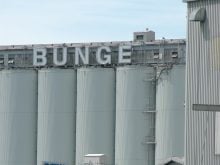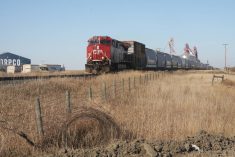Southwestern Manitoba potato producers say it’s their turn to be under water for a change.
Drought-like conditions threaten crops in that part of the province following three weeks with no measurable rain.
Rod McLaren’s potato crop is feeling the stress, and even though a new cost-shared government initiative will cover only a third of the cost of new infrastructure for irrigation, it’s a good start.
“It’s giving Mother Nature a helping hand,” said the Carberry-area producer and head of the Association of Irrigators of Manitoba.
Read Also

Alberta crop diversification centres receive funding
$5.2 million of provincial funding pumped into crop diversity research centres
The $6 million federal-provincial project announced last week is designed to ease the threat of drought by adding irrigation to another 14,000 acres of Manitoba farmland.
The plan is to retain surplus water by capturing spring run-off and storing it in reservoirs for later in the year, according to provincial soil and water specialist JoAnne Buth.
“I think it is kind of fitting considering what happened this spring with the amount of runoff we’ve got,” she said.
Federal agriculture minister Lyle Vanclief and his provincial counterpart Harry Enns announced the program July 28 in Winnipeg.
Both levels of government will contribute $3 million over three years to pay 32 percent of the capital cost of projects including reservoirs, pumps, pipelines or a power supply to bring water to the farmgate.
With provincial governments picking up the tab for irrigation projects in Saskatchewan and Alberta, Manitoba potato farmers hope the announcement is just the beginning.
“Government support here has been very minimal,” said McLaren, who also belongs to a group of 32 Carberry-area potato growers who make up the Assiniboine Delta Aquifer Irrigators Association.
Buth said the program was supposed to be a $16 million initiative. “We’re going to continue to negotiate with our federal counterparts to have this program extended,” she said.
Money for approved projects, one-third to a maximum of $640 per acre feet of water supply, will be funnelled through the province’s four irrigation districts rather than placed directly in the hands of farmers.
Buth said the goal is for producer-based associations to come up with long-term area water management strategies with input from all water users in the region.
Funding isn’t limited to potatoes, but the expansion of processing facilities at McCain Foods in Portage la Prairie and Midwest Food Products at Carberry helped get the project off the ground, Buth said.
While forage seed production, grasses, vegetable and small fruit crops will be included, Buth said 90 percent of the 14,000 new irrigated acres will be planted to potatoes.
“There is an opportunity for increased production.”
Estimated potato acreage in the province for 1997 is 75,000. With spuds likely to account for 90 percent of an additional 14,000 irrigated acres, that number could jump to 90,000.
Manitoba is the second largest potato producing province in Canada, after Prince Edward Island.
Manitoba potato farmers use supplemental irrigation, and only need to water their crops during certain times of the year.
Eighty-five percent of McLaren’s 700-acre operation is under irrigation. Without it, he says he would stand to lose 50 percent of his crop to the current hot spell.
There are 55,000 acres of irrigated land in Manitoba, compared to 320,000 in Saskatchewan and almost one million in Alberta.














